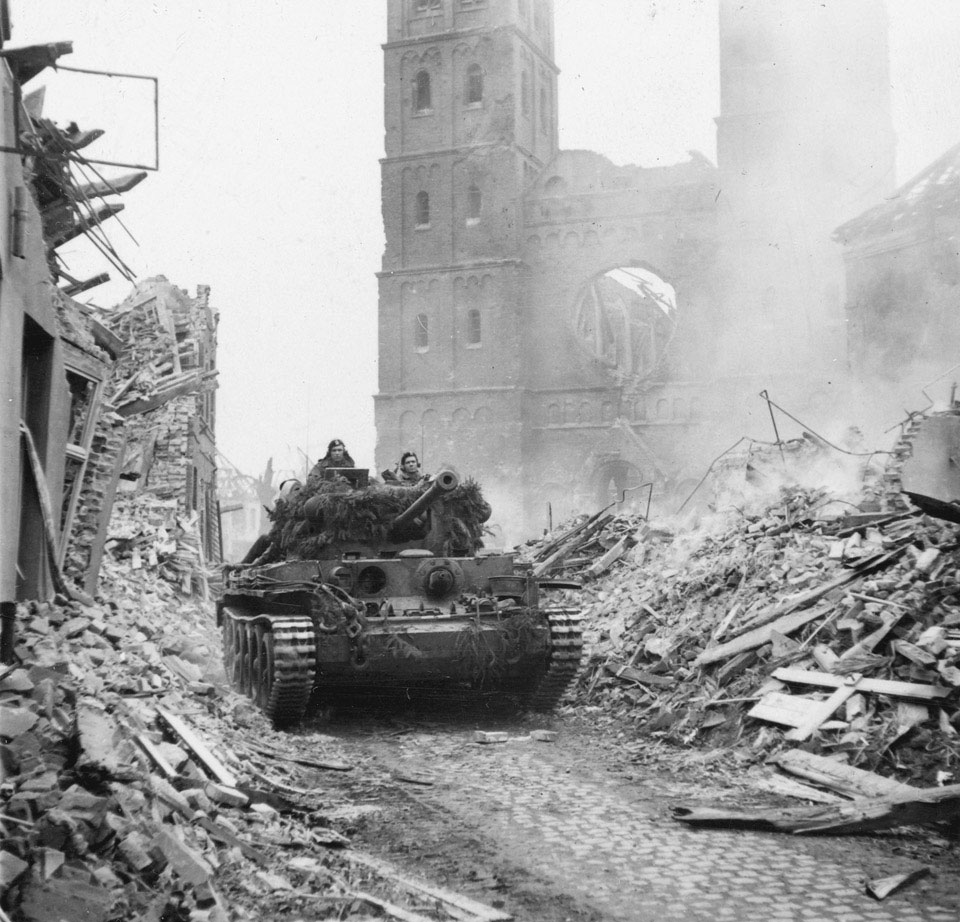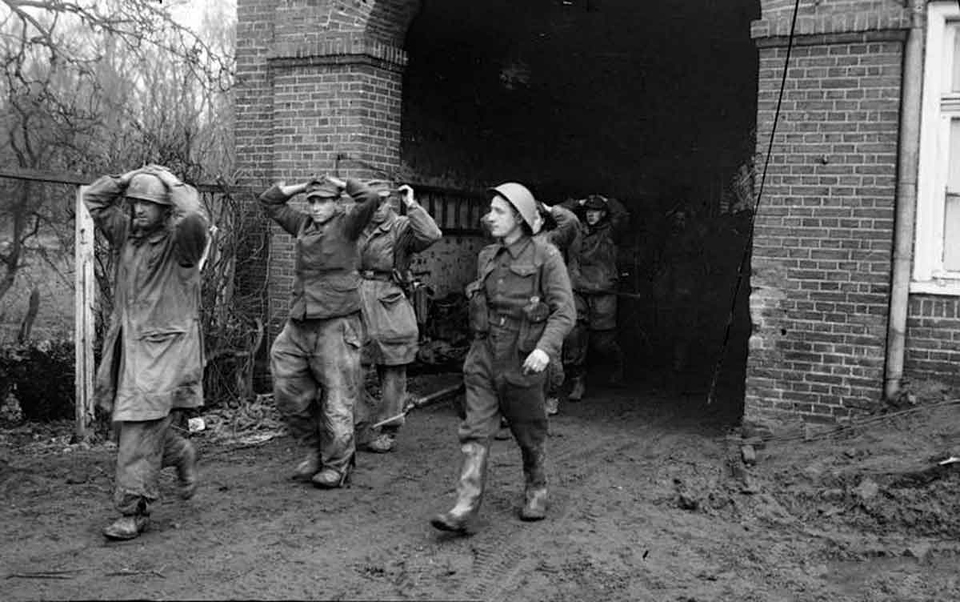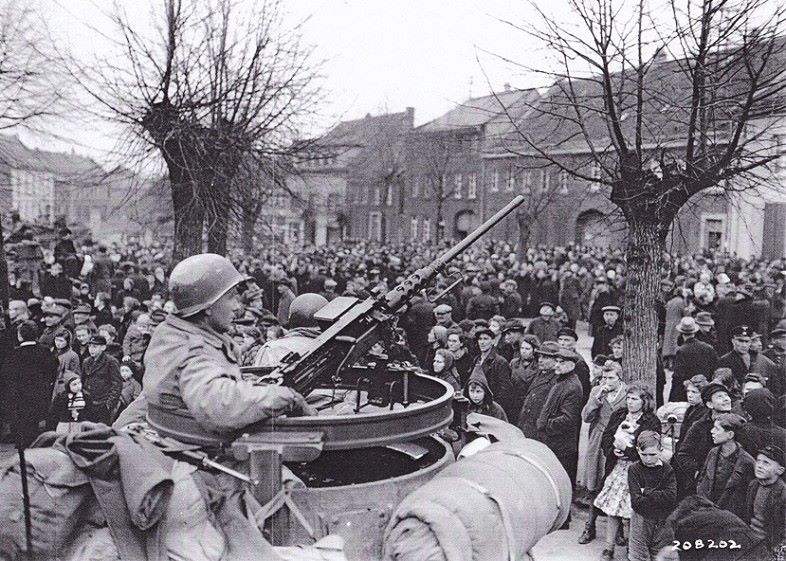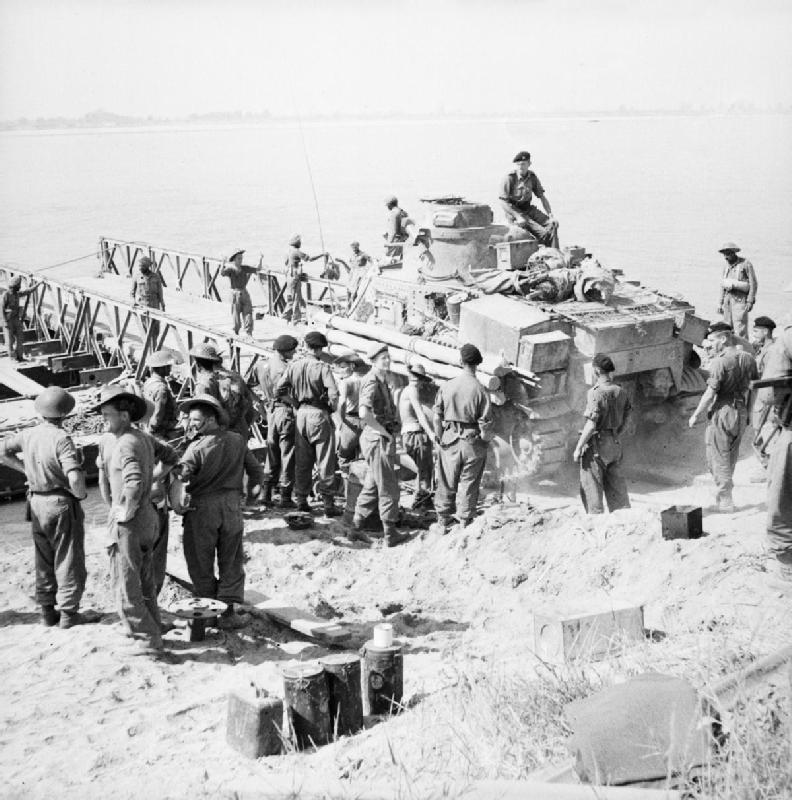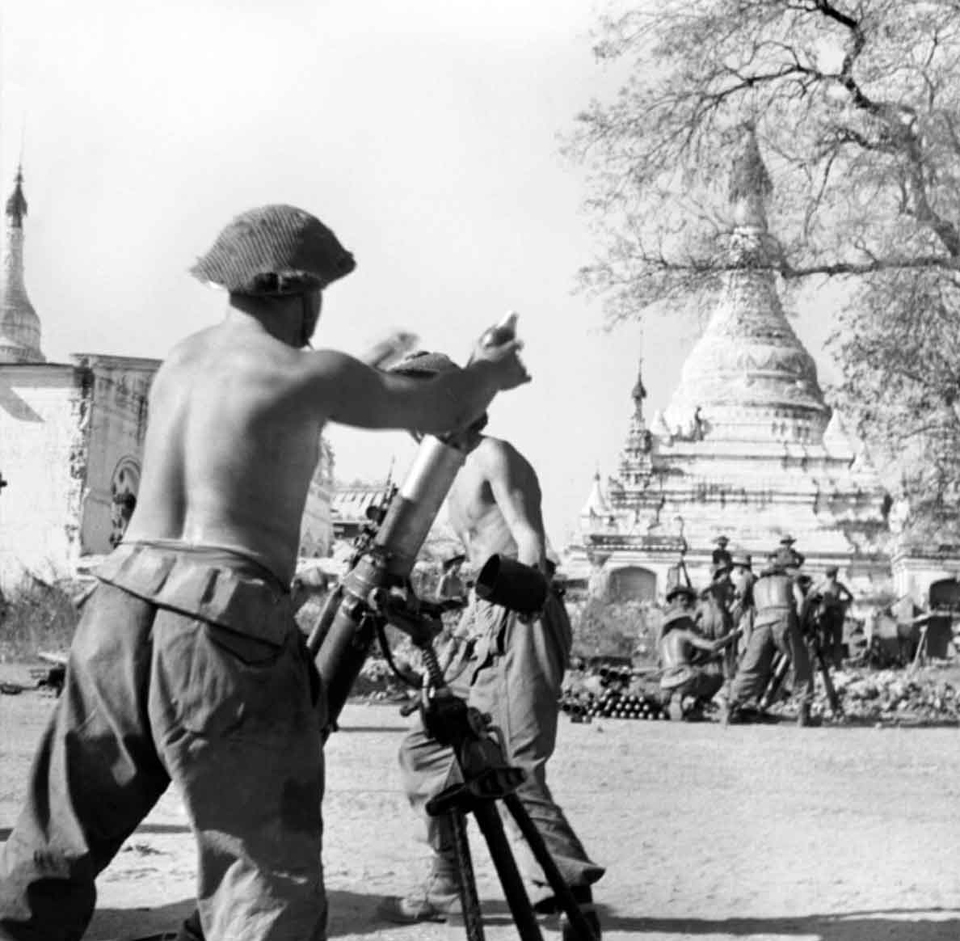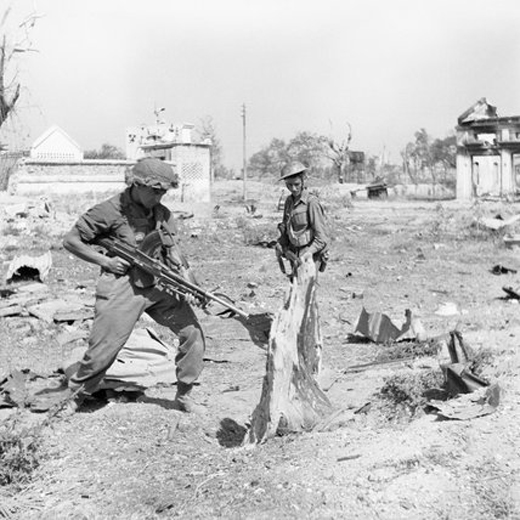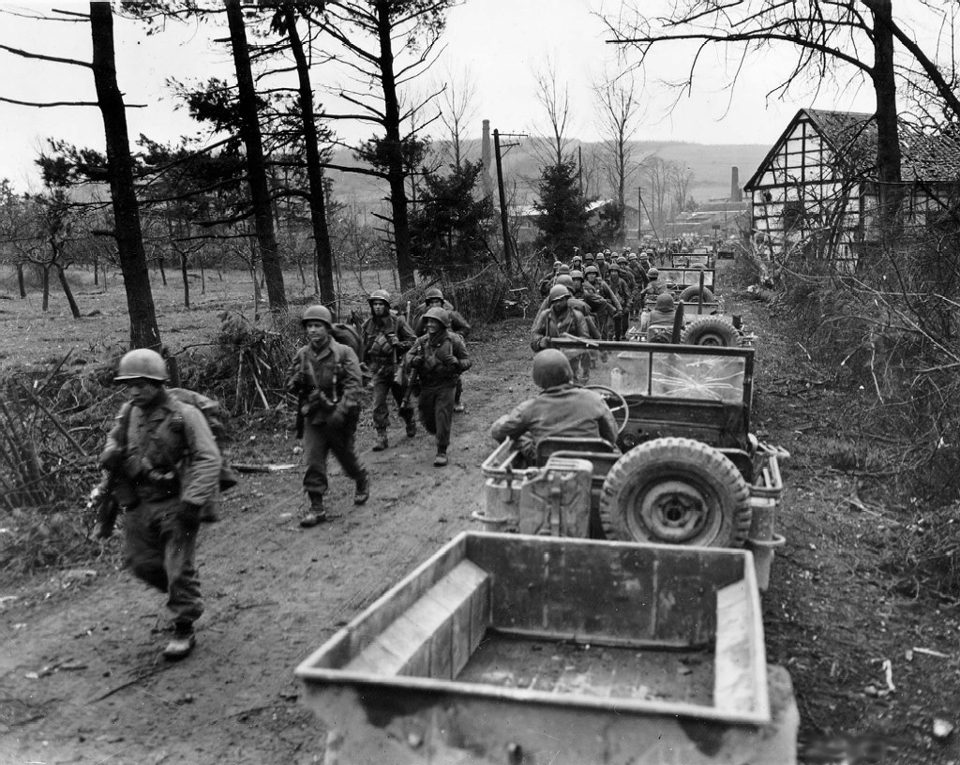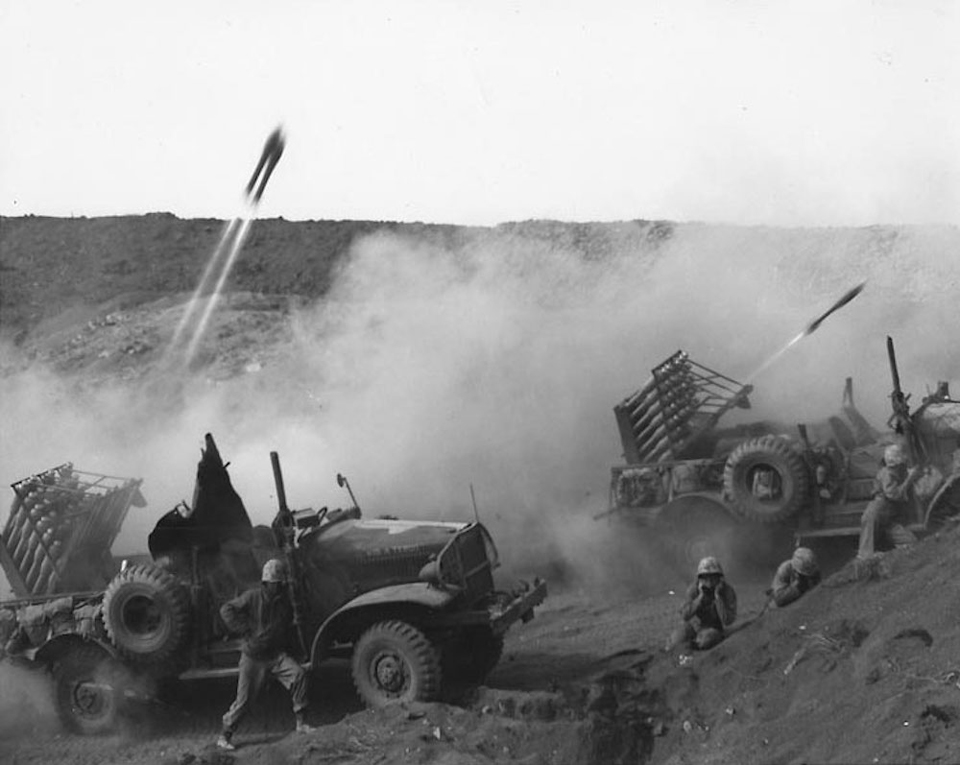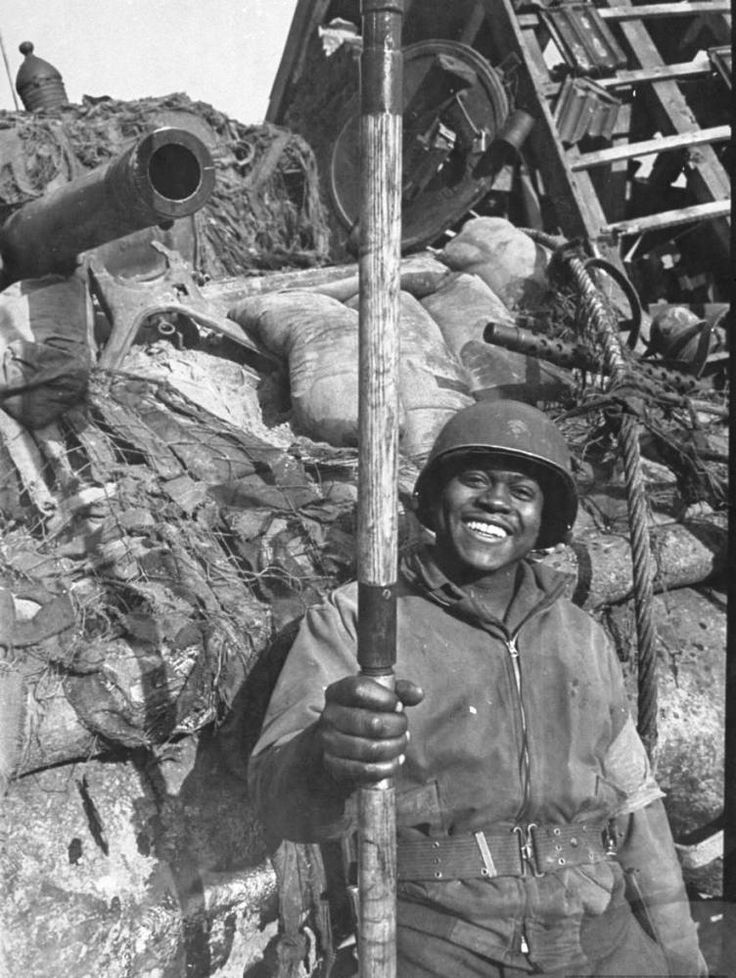Air Operations, Bonin Islands
8 VII Bomber Command B-24s attack the Susaki airfield.
[Air Operations, CBI
BURMA- 75 10th Air Force fighter-bombers attack numerous targets near the Japanese Army battle front.
- 28 P-47s support British 14th Army ground forces near Mongmit.
- 1 308th Heavy Bomb Group B-24 attacks shipping in the South China Sea.
- 2 341st Medium Bomb Group B-25s attack targets of opportunity in the Hsiang River valley.
- 2 14th Air Force P-51s attack targets of opportunity near Hengyang.
Air Operations, East Indies
XIII Bomber Command B-24s attack the Labuan and Sandakan airfields on Borneo.
[Air Operations, Europe
RAF BOMBER COMMANDDaylight Ops:
- 156 Lancasters of No. 3 Group make a G-H raid on the Nordstern synthetic oil plant at Gelsenkirchen.
- There are no losses.
Minor Ops:
- 98 training aircraft make a sweep over the North Sea, 74 Mosquitos are sent to Berlin, 8 to Nuremberg and 4 to Munich, 5 Mosquitos of No. 5 Group lay mines in the Kiel Canal, 20 aircraft are on Resistance flights, and there are 31 Mosquito patrols and 44 RCM sorties.
- 1 Mosquito is lost on the Berlin raid.
GERMANY:
- 985 8th Air Force B-17s and B-24s attack marshalling yards and bridges at seven locations.
- 79 2nd Air Division B-24s attack a munitions plant at Meschede.
- 8 heavy bombers attack targets of opportunity.
- 1 B-17 and 2 of 381 VIII Fighter Command escorts are lost.
GERMANY:
- More than 340 9th Air Division bombers attack rail bridges at three locations, two marshalling yards, a road junction, an ordnance depot, and targets of opportunity.
ITALY:
- 12th Air Force B-25s attack bridges at five locations and a rail embankment.
- XXII TAC P-47s attack the Ghedi and Vicenza Airdromes, and ammunition plant, ammo dumps, and miscellaneous communications targets.
- During the night, XXII TAC A-20s and A-26s attack numerous targets throughout northern Italy.
AUSTRIA:
- 15th Air Force heavy bombers attack a marshalling yard at Lienz.
- 75 P-38 dive-bombers attack a marshalling yard and join other P-38s and P-51s in strafing rail lines over a wide area.
- 15th Air Force heavy bombers attack marshalling yards at nine locatins and bridges at two locations.
Air Operations, Philippines
- Following an intense final pre-invasion air and naval bombardment, US 8th Army ground forces land without opposition at Puerto Princesa, Palawan. The town and two airfields are quickly secured, and a radar station is established ashore.
- The strategic importance of taking Palawan and established airfields there is to extend the reach of FEAF bombers—and even fighters—into the South China Sea all the way to the China coast. Once in place on Palawan, the FEAF aircraft will be able to interdict sea lanes along considerable stretches of the China and French Indochina coasts.
- 28 494th Heavy Bomb Group B-24s based at Angaur attack the Sasa airfield on Mindanao.
- FEAF B-24s attack Caldera Point.
- 42nd Medium Bomb Group B-25s attack the San Roque on Mindanao and mount a napalm attack against the Sanga Sanga airfield in the Tawi Tawi Islands.
- A 547th Night Fighter Squadron P-61 crew downs an unidentified airplane near the Camu airfield at 2107 hours.
- 1st Marine Aircraft Wing SBDs and USAAF bombers based at the Mangaladan airfield on Luzon provide direct support for Filipino guerilla forces attempting to capture the port of San Fernando, Luzon. During this attack, the SBDs make their first use of napalm in action on Luzon. In one attack, SBDs guided by US Marine Corps air liaison parties are credited with killing 137 of 150 Japanese Army soldiers manning a single position. The continued and growing use of ground-guided USMC and USAAF aircraft in support of guerrilla operations on Luzon cause an upsurge in recruitment of guerilla troops and results in the creation of an important and unexpected offensive adjunct to the US 6th Army ground forces battling for control of the island.
Air Operations, Volcano Islands
- Task Group 52.2 TBMs and FMs provide support for US V Marine Amphibious Corps ground forces on Iwo Jima.
- C-47s of the 7th Air Force’s 9th Troop Carrier Squadron air-drop more than 4 tons of supplies to US Marine Corps infantrymen on the front lines at Iwo Jima.
- VC-84 TBMs spray Iwo Jima with DDT.
Burma
The 17th Indian Div, British IV Corps, begins the assault on Meiktila, against resistance by Gen Masaki Honda's Japanese 33rd Army. The Japanese conmmand has known of the presence of this force but has believed it to be only lightly armed in the Chindit pattern. They have, therefore, left it to the local troops at Meiktila to defend their own base. This is a serious error because Meiktila is a vital communications center, serving all the Japanese forces around Mandalay and to the north.
[Diplomatic Relations
Iran declares war on Japan. Saudi Arabia declares war on Germany and Japan. The rush to join the Allies in part stems from the announcement that only those states that declare war before March 1 will be invited to a conference in San Francisco on the proposed postwar United Nations.
[Eastern Front
Troops of the 2nd Belorussian Front, advancing north in Pomerania, capture Neustettin (Szczecinek), between Danzig and Stettin, and Prechlau. In Silesia fighting continues in Breslau. The Germans are assembling large forces to launch, north and south of Lake Balaton, against the 3rd Ukraine Front. To this end Hitler has transferred Gen Sepp Dietrich's 6th Panzer Army from the Western Front.
GERMANYNeustettin and Prechlau have fallen to the Soviet 19th Army.[MORE]
[Italy
The US 10th Motorized Div and the 1st Div of the Brazilian Expeditionary Corps, IV Corps, US 5th Army, complete their re-grouping for the second stage of the offensive against the hills west of Highway 64.
[Iwo Jima
The 3rd Marine Div, slowly advancing north, captures the village of Motoyama on the plateau of that name and seizes the hills that dominate Airfield No. 3, under construction further north. There is still bitter fighting in the 'Mincer' area, east and west of Airfield No. 2. Liquidation of the last nests of resistance on Mount Suribachi continues. Japanese bombers and coast defense guns hit the American destroyers Bennett (DD-473) and Terry (DD-513) in the waters off Iwo Jima and damage them severely. Also damaged in the day's operations are the submarine chaser PCS-1461, the attack cargo ship Whitley (AKA-91) and the landing craft LST-641 and LST-787.
[Mediterranean
The German submarine U-869 is sunk by the US destroyer escort Fowler (DE-222) and the French surface vessel L'Indiscret off Morocco.
| Class | Type IXC |
| CO | Kapitänleutnant Helmut Neuerberg |
| Location | Mediterranean, off Casablanca |
| Cause | Depth charge |
| Casualties | 56 |
| Survivors | None |
Philippines
On Luzon Gen Walter Krueger orders the US XIV Corps to Balayan and Batangas Bays, in the southwest of Luzon south of the Tagaytay Mountains. The XI Corps advances in the Ternate area. In Manila itself the remaining Japanese resistance is confined to two ministerial buildings.
A combat group of 8,000 men from the 41st Division, US 8th Army, after a bombardment by aircraft and ships of Rear-Adm William M. Fechteler's squadron, lands at Puerto Princesa on Palawan Island and sets up radar stations. On Samar, US and Filipino units begin operations to clear the Mauo area of the enemy.
[Western Front
Advance units of the Canadian II Corps, Canadian 1st Army, move forward along the Rhine, in the Hochwald and Balberg Forests. In the US 9th Army sector the offensive of the 35th Div, XVI Corps, 84th Div, XIII Corps, and 29th Div, XIX Corps, goes on without pause; the 29th Div advances rapidly toward München-Gladbach. The 2nd Arm Div, another formation of the XIX Corps, comes within about 5 miles of Neuss, 6 miles from the Rhine. The III Corps, US 1st Army, advances along the Neffel River with the 1st Div, while the 9th Div reaches Berg and crosses the Rur at several points. The 9th Arm Div also crosses the Rur.
In the US 3rd Army sector, the XX Corps pushes on north toward Trier.
[Images from February 28, 1945
|
|
|
|
|
|
|
|
|
|
Destroyed American Vehicles |
 |
